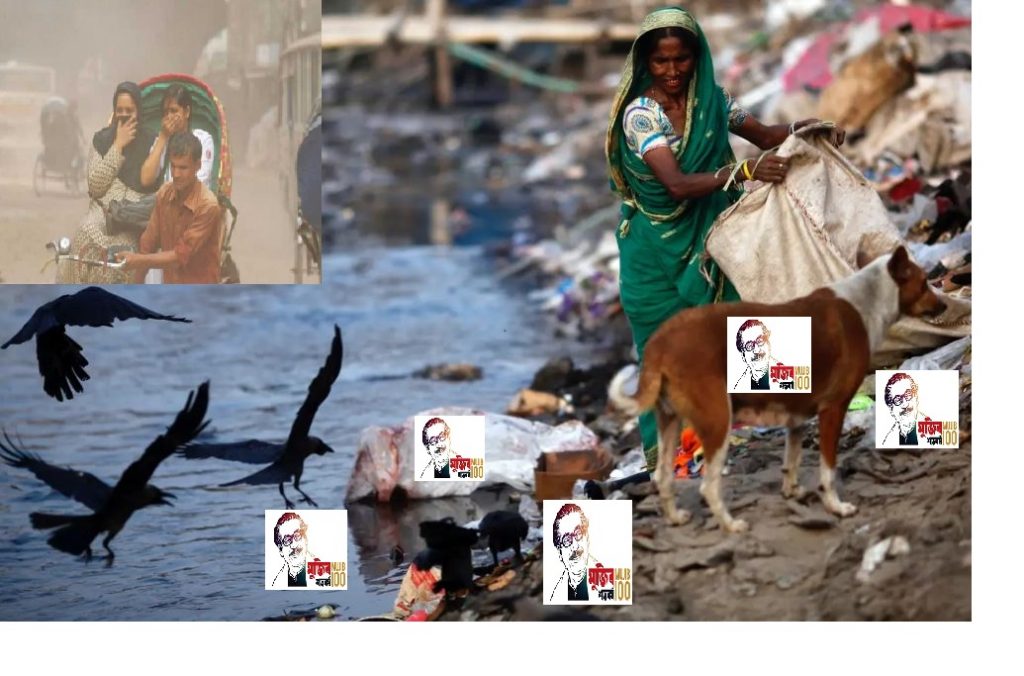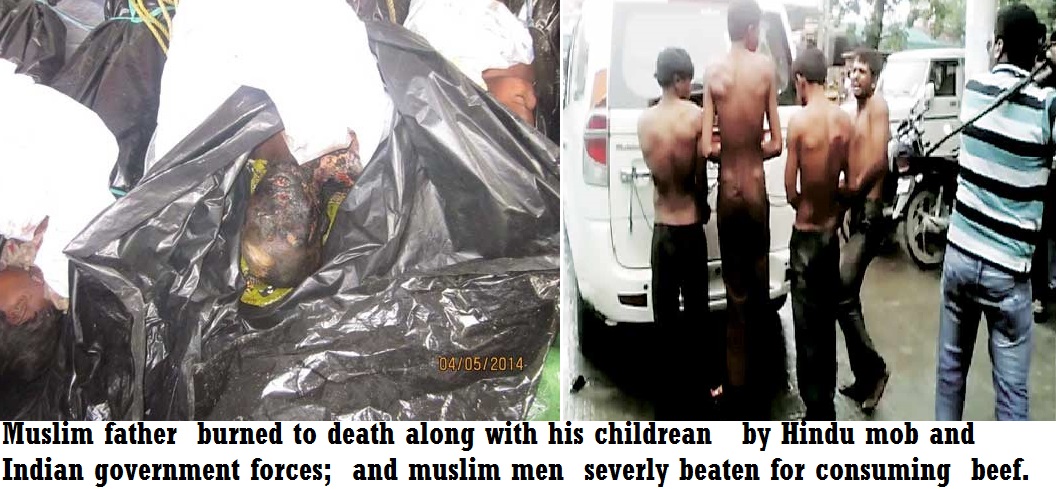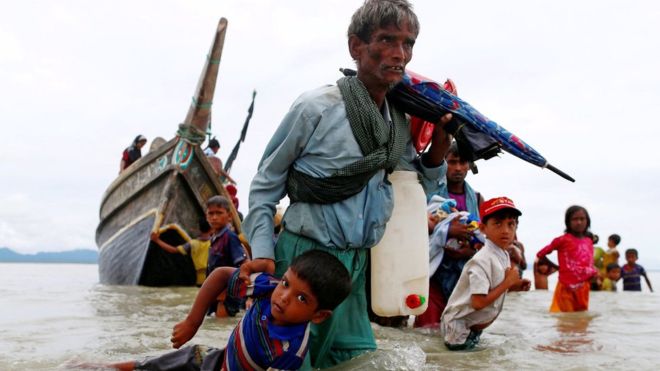Bangladesh: Most Polluted Country - 2020
Pollution not only hurts the planet, but it is also harmful to humans. Air pollution caused by the burning of fossil fuels in factories, cars, airplanes, and electricity cause health problems such as breathing problems, worsening of asthma, and even birth defects
WATP REPORT
Most Polluted Countries Pollution is the introduction or presence of harmful substances or contaminants into the natural environment that causes adverse effects.
Pollution not only hurts the planet, but it is also harmful to humans. Air pollution caused by the burning of fossil fuels in factories, cars, airplanes, and electricity cause health problems such as breathing problems, worsening of asthma, and even birth defects. According to [Pure Earth](BEST toxic pollution is among the leading risk factors for non-communicable diseases globally. Non-communicable diseases account for 72% of all deaths, 16% of which are caused by toxic pollution. Toxic pollution is responsible for 22% of all cardiovascular disease, 25% of stroke deaths, 40% of lung cancer deaths, and 53% of deaths from chronic obstructive pulmonary disease.
The Earth’s soil and water can also become polluted from littering or dumping of chemicals by industries and individuals. This pollution can damage ecosystems, negatively affect plants and trees, and contaminate our drinking water.
As the damage from pollution has become more apparent, more countries are looking to green alternatives to prevent further damage to the earth. Solar and wind energy, eco-friendly building materials, and non-toxic products are increasingly being used to help preserve the planet. While these green initiatives are taking place around the world, some countries have a long way to go.
According to the World Health Organization (WHO), ambient air pollution causes 4.2 million deaths every year. 91% of the world’s population lives in places where air quality exceeds the WHO guidelines limits.
Particle Pollution
The World Health Organization evaluated the concentration of PM2.5 particles to determine the most polluted place on Earth. PM2.5 (fine particulate matter 2.5) refers to tiny particles or droplets in the air that are two and one-half microns or less in width. These particles come from car, truck, bus, and off-road vehicle exhausts and from operations that involve the burning of fossil fuels such as wood, heating oil, or coal. They can also originate from indoor sources such as smoking tobacco, cooking, burning candles or using fireplaces.
PM2.5 is an air pollutant that is a concern for people’s health when levels in the air are high. These particles reduce visibility and make the air appear hazy when levels are elevated. Some cities, such as New York, issue a PM2.5 Health Advisory when conditions are considered to be unhealthy for sensitive groups.
The Air Quality Index (AQI) is an index calculated for major air pollutants regulated by the Clean Air Act: particle pollution (PM2.5), ground-level ozone, carbon monoxide, and sulfur dioxide. The AQI ranges from 0 to 500, with zero representing clean air and 500 being the most hazardous. Values of 100 or below are generally thought of as satisfactory; however, when values are above 100, air quality is considered to be unhealthy for certain at-risk groups of people and becomes more unsafe as the value increases.
A total of 92 nations were evaluated to determine which had the highest number of PM2.5 – or which nations were the most polluted.
10 Most Polluted Countries in the World:
1. Bangladesh
Bangladesh is the most polluted country in the world with an average PM2.5 concentration of 97.1. The country’s main environmental pollutants are air and water pollution, groundwater contamination, noise pollution, and solid wastes. Dhaka City is one of the most polluted cities in the world. In terms of air pollution, Bangladesh’s largest source is its brick making industry, which employs one million people and creates 23 billion bricks every year. The kilns used in brick making burn wood or coal and create mass amounts of smoke and dust. Due to an increase in demand for bricks, the brick making industry is only expected to grow more, leading to more air pollution.
2. Pakistan
The second-most polluted country in the world is Pakistan, which has an average PM2.5 concentration of 74.27. AQI levels in Punjab were consistently between the “near unhealthy” or “very unhealthy” ratings for most of 2019 and even reached as high as 484. Pakistan is experiencing rising pollution from the growing number of vehicles on the roads, large-scale losses of trees, smoke from bricks kiln and steel mills, and the burning of garbage. The Pakistan minister for climate change blamed India for Pakistan’s smog; however, Pakistani citizens blame their government for simply not doing enough to monitor or combat the crisis.
3. India
India the third-most polluted country in the world with an average PM2.5 concentration of 72.54. Of the 30 most polluted cities in the world, 21 of them are located in India. The most polluted city in India and the world is Kanpur, where the city’s medical college receives about 600 respiratory illness patients per month. India’s unhealthy levels of pollution are from sources such as vehicles, the burning of coal and wood, dust storms, and forest fires. Delhi, India’s capital region, is notorious for some of the worst air in India, forcing flight cancellations, causing traffic accidents, closing of schools, and even turned the white marble walls of the Taj Mahal green. Rural areas are just as, if not more, affected by pollution in India as they rely on things such as wood and dung for cooking and heating and still practice the burning of crop stubble.
4. Afghanistan
Afghanistan is the fourth-most polluted country in the world with an average PM2.5 level of 61.80. In 2017, numbers show that air pollution was more dangerous than war in Afghanistan. That year, about 26,000 people lost their lives due to air pollution-related diseases while 3,483 people lost their lives due to conflict. About 80% of drinking water in Afghanistan is polluted as well due to low rainfall, irregular use of groundwater, and insufficient infrastructure in cities. The lack of clean drinking water commonly results in food poisoning.
5. Bahrain
The fifth-most polluted country in the world is Bahrain, which has an average PM2.5 of 59.80. Bahrain has the worst air pollution in the Middle East. A Gulf country like Bahrain may not suffer from pollution caused by coal power plants or other human activity seen in cities, but rather from dust and sand storms that can pick up a number of harmful chemicals and even radioactive materials from as far as the Sahara.
6. Mongolia
Mongolia is the sixth-most polluted country in the world. Mongolia’s average PM2.5 concentration is 58.50. The largest source of pollution in Mongolia is the burning of coal and other biomass, such as wood or crop residue, in stoves. In Mongolia’s capital, Ulan Bator, respiratory infections have increased 270% over the last 1o years and children that live in the capital city have a 40% lower lung function than those living in rural areas. About 70-90% of pregnant mothers being treated at a family health center in Mongolia are negatively impacted by the air pollution and infants, as young as two days old, are being diagnosed with pneumonia or other respiratory illnesses.
7. Kuwait
Kuwait is the seventh-most polluted country with an average PM2.5 level of 56.00. Kuwait’s oil industry poses the largest threat to the country’s air quality as the source of significant amounts of pollution from burning fossil fuels while drilling and in the process of exporting the oil. The increase in the number of vehicles and the expansion of industrial facilities have also caused pollution rates to rise significantly across the country. Kuwait also has a water shortage that has been exacerbated by climate change. The country’s oil industry threatens the quality of Kuwait’s already scarce water resources and has made some of the water unusable.
8. Nepal
The eighth-most polluted country in the world is Nepal. Nepal’s average PM2.5 concentration is 54.15. About 35,000 people Nepal die every year from illnesses caused by air pollution. About 1 in 10 Nepalese now suffer from a chronic lung problem such as bronchitis or emphysema due to the worsening air conditions in Nepal. A baby born today in Nepal is expected to have a two-year shorter life expectancy solely due to problems caused by the air. In the country’s capital, Kathmandu, 80% of vehicles on the road are motorcycles, which are one of the leading urban polluters in addition to brick kilns.
9. United Arab Emirates
The United Arab Emirates is the ninth-most polluted country in the world with an average PM2.5 concentration of 49.93. In the UAE, high pollution is caused by rapid population growth, the high demand for energy, and exploitation of the country’s natural resources. Because of the country’s great arid land, little precipitation, and high temperatures, it is already preconditioned to be vulnerable to the effects of climate change. The UAE faces water scarcity already, and pollution has caused poor water quality and contamination.
10. Nigeria
With an average PM2.5 concentration of 44.84, Nigeria is the tenth-most polluted country in the world. Nigeria produces over 3 million tons of waste every year, with uncontrolled waste burning being one of the largest contributors to poor air quality. Indoor air pollution is also a large problem in Nigeria as well, with many households have a fine particulate matter level 20 times higher than the air quality guidelines. In the last 30 years, the number of deaths from air pollution has increased by 40% in Nigeria.
Courtesy: World Population Review
(About World Population Review : Most demographic data is hidden in spreadsheets, behind complex APIs, or inside cumbersome tools. World Population Review's goal is to make this data more accessible through graphs, charts, analysis and visualizations. We also strive to present the most recent information available, and develop our own projections based on recent growth. World Population Review is an independent organization without any political affiliations.)



















Comments